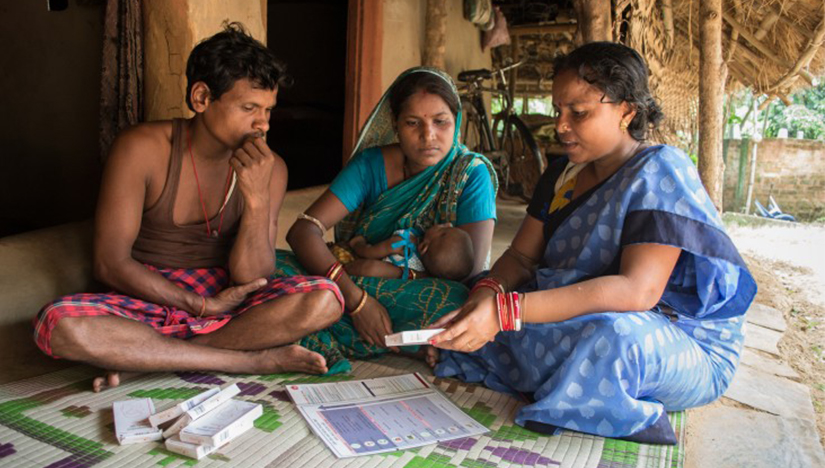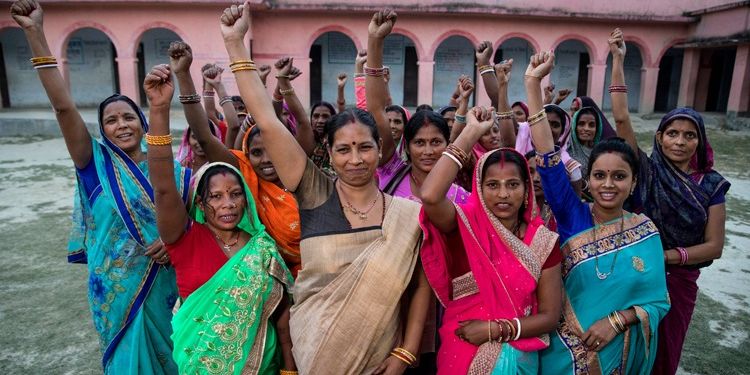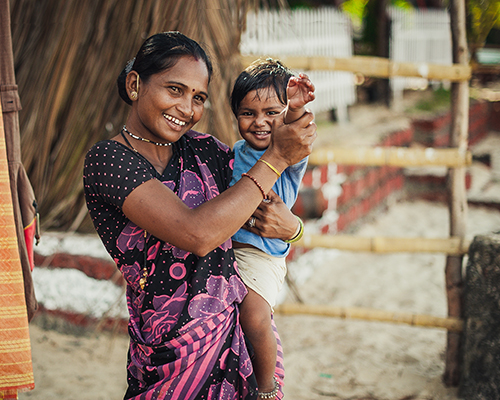Moving Away or Towards Choice – Looking at India’s Family Planning Program

Improving maternal health is central to ‘Achieving Good Health and Well-being’ as envisioned in Sustainable Development Goals (SDG). And an essential feature in tracking progress for this vision is looking at the access to sexual and reproductive health components, specifically universal access. Sexual and reproductive health needs to become part of the conversation to accelerate progress affecting maternal health, similar to how while talking about universal health care in general, coverage of essential health services is seen as imperative to reach the commitment of universal health care.
Family planning has often been cited as a prerequisite to universal access to sexual and reproductive health (Dockalova, Lau, Barclay, & Marshall, 2016). Its purview of relevance can be understood from its centrality to not just the SDG 3 (Achieving Good Health and Well-being) but also SDG 5 (Gender Equality and Women’s Empowerment) and linkages to several other goals.
Globally, in recent times, Family Planning 2020 (FP2020) as a global partnership supporting the rights of women and girls (to decide, freely, and for themselves, whether, when, and how many children they want to have) has shown the significance family planning holds in global discourse. This partnership has also been a kickstarter for several national and global agencies to reassess their visions of achieving universal access.
In developing countries, one in four sexually active women who want to avoid becoming pregnant or delay childbearing has an unmet need for modern contraception. They are not using any family planning or traditional (less effective) methods (Darroch, Sedgh, & Ball, 2011).
In the Indian context, the latest NFHS-5 survey revealed the estimates showcasing the prevalence of contraception among currently married women (aged 15-49 years) to be 56.5% for using any modern method. This has increased from 47.8% in 2005–06, showcasing improved access to these choices.

In this context, when we delve into the bylanes of history, India was a forerunner, being the first country in the world to have launched a National Programme for Family Planning in 1952. Over the years, while this program has undergone numerous additions and shifts in strategy and implementation and showed improvements across the country, it is also essential to see whether it is moving or being repositioned towards a stable, positive, and enabling stance. This conversation is directly linked to promoting reproductive health and reducing maternal, infant, and child mortality and morbidity. It becomes significant to reflect on why there is such a high unmet need for contraception among women and how that would affect the goal of equality and women empowerment.
Looking at the evolution of India’s family planning program and its present thrust in the form of Mission Parivar Vikas, we see that initially, it stressed on adoption of limiting methods like population stabilization which later gradually moved towards population control. We saw a camp-based approach based on coercion from the government’s side, which had very few takers and led to hostility amongst the masses towards family planning and the program as a whole.
Later as we moved towards a focus on spacing methods (resulting from the thrust during the ICPD conference in 1994), there was greater integration with maternal and child health services. But it shifted priority towards child mortality and safe motherhood, leading to a stagnated growth period. This has seen some improvement with the oncoming of FP2020 and India’s participation in it.
While this has been the trajectory of the family planning program, a central tenet that seems to be missing is the context of choice and participation of youth and young adults in this vital conversation. Somewhere along the way, moving from coercion, we shifted to stabilization and missed the direction toward a choice for women. Presently in the basket of public health services, not only are the choices for contraceptives (and practices) limited and unavailable, but they are heavily skewed towards female sterilization. While the private players have jumped into the foray by introducing new contraceptives (like hormonal IUCDs and injectable DMPA), there is a large gap in demand for these and, if available, in terms of accessibility and affordability.
What looks to be a positive direction for movement is a shift for India’s contraceptive needs towards inclusion and choice. It is crucial to improve the range of services and provide methods that are both accessible and acceptable to users. It is also critical to eventually shift the entire focus from women, which would subsequently not help improve the context of choice but would be able to bring improvement in the uptake of modern contraceptive methods.

Shikha Rana – Senior Research Manager, Sambodhi
Leave a Reply
You must be logged in to post a comment.

